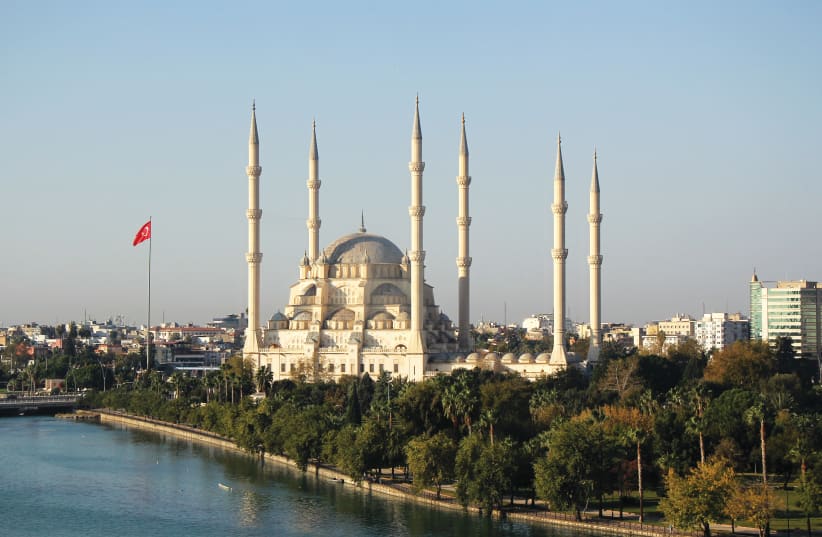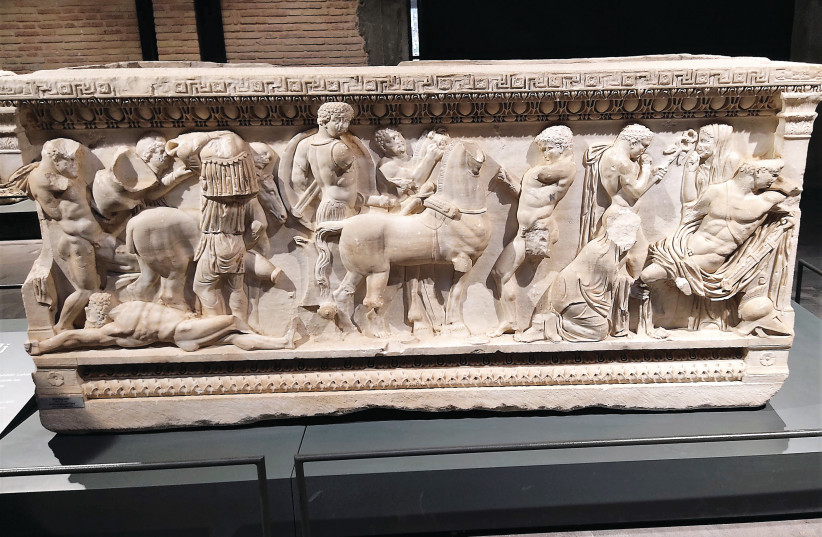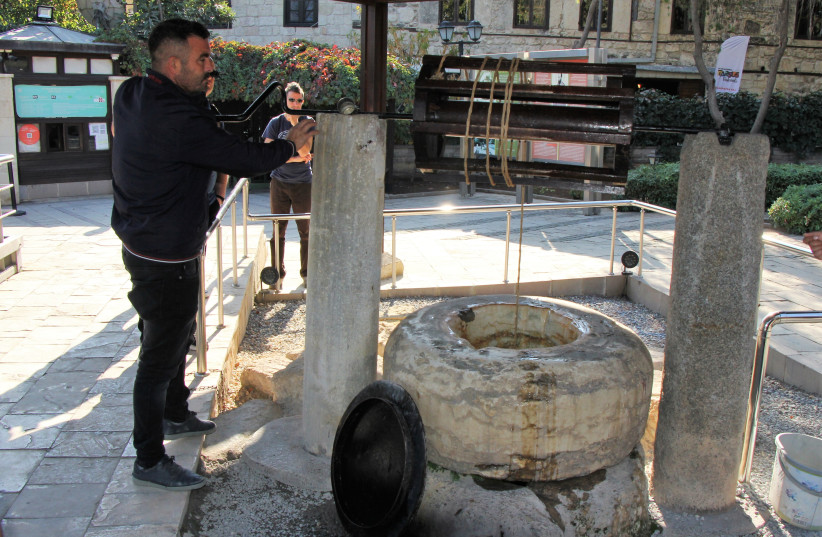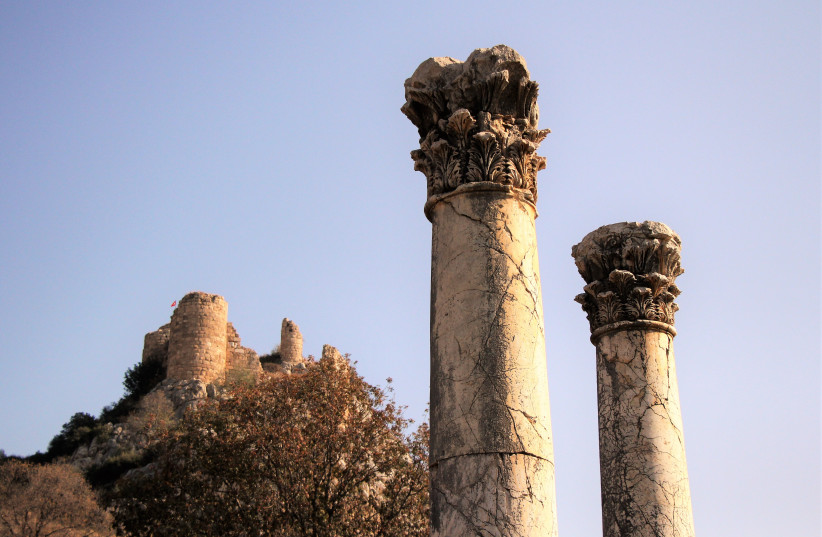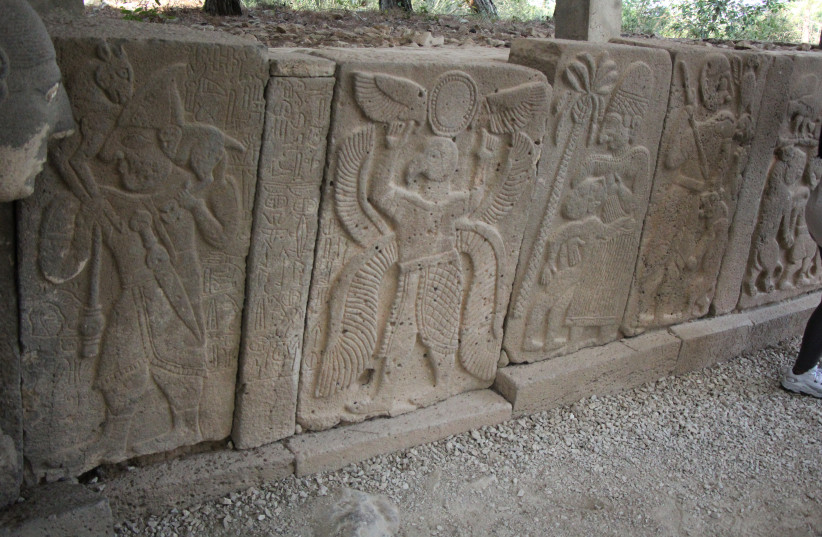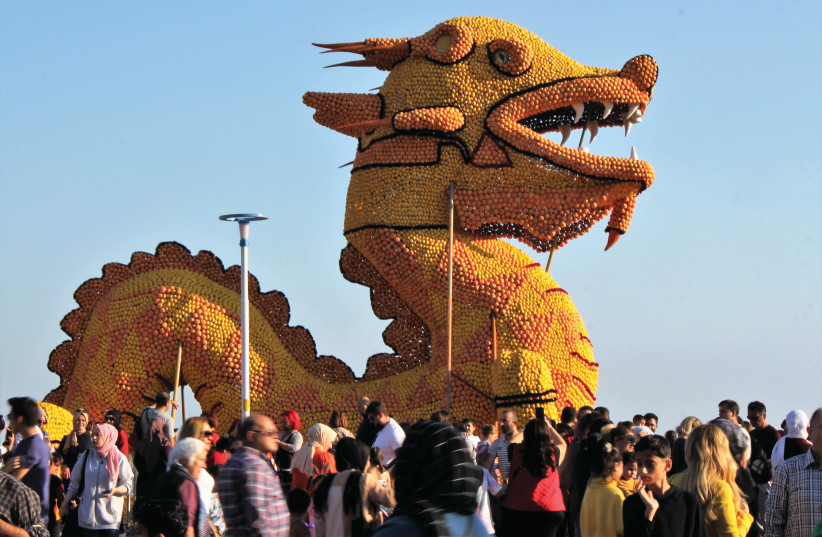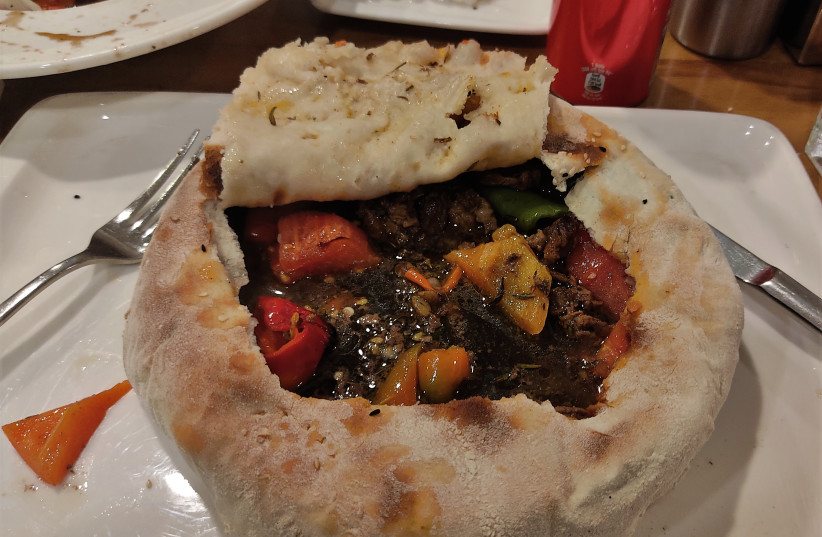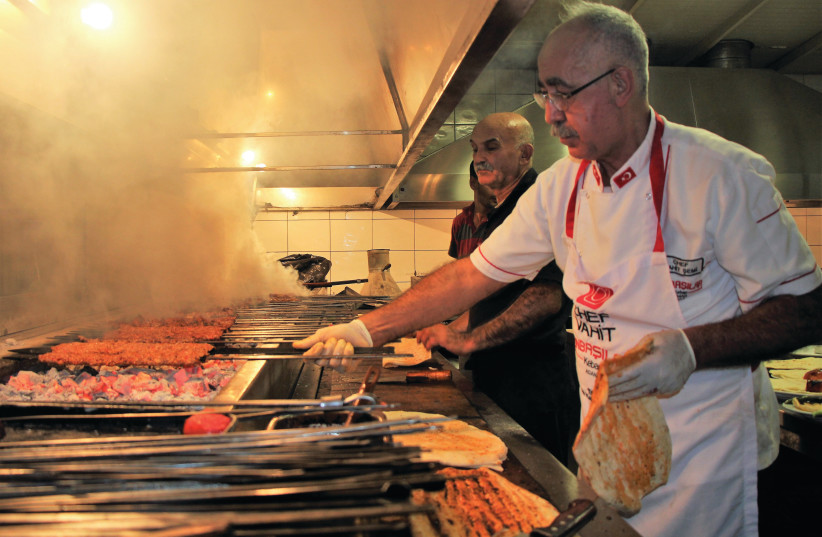Turkey is a country that never stands still. It is a vast land mass with Istanbul – itself a monstrously-large city that straddles the Bosporus waterway, the dividing line between Europe and Asia – at its beating heart.
With its monuments and culinary delights, Turkey never ceases to surprise. You can come back so many times to this country and there will always be something new to discover. That may also be true of many other places, but this multifaceted country is a place like no other. In comparing journalism postings, a colleague who spent several years working there, succinctly put it: “Turkey is Turkey.”
Indeed, when you dig a little deeper, nothing in Turkey is quite like it is anywhere else. Even closer to the surface, for the fleeting visitor, Turkey leaves a lasting impression. It is shaped by its geographical surroundings and by the region’s history, which has also influenced every other country in the Mediterranean basin.
As for tourism, foreign visitors seeking sea and sun no doubt have a good inkling of what to expect at holiday resorts such as Antalya and Bodrum, and the major cities of Izmir and, of course, Istanbul, offer their unique flavor and endless opportunities for sightseeing and shopping.
But beyond them, there is still no end of exploring to be done, and the Turkish tourism authorities are currently highlighting the appeal of the east. In modern times, this region has remained more the domain of locals, although ancient conquering superpowers and armies of centuries and millennia ago were fully aware of its strategic significance as a trade route and a maritime base.
The cities of Kahramanmaras, Adana, Tarsus and the port city of Mersin in central Anatolia may not be the most familiar to holidaymakers seeking a restful few days at one of the better-known resorts, but they are significant places of interest and should appeal to intrepid and curious visitors willing to venture into Turkey’s heartlands.
If Israeli travelers without a connection to the area do happen to know of Mersin and Adana, it may be because those names have popped up on an interactive flight map on a plane after departure from Tel Aviv while traveling northbound to other destinations.
Adana, one of the main centers in southeastern Turkey, is not currently a destination with regular direct flights from Tel Aviv, but if it were, it would take about 40 minutes to get there. The flight from Ben-Gurion Airport to Istanbul takes over an hour and a half, and a second flight to take you back eastwards to Adana takes about an hour. It just gives a sense of the vastness of Turkey.
You sense the local vibe in these areas. People are unfailingly friendly and welcoming, the bazaars and local shops all purvey their typical household wares, produce and spices but if you don’t know the language, don’t expect to understand much of what you are reading.
Yes, indeed. Turkey is Turkey and that is most clearly manifested through the language that will probably leave you totally baffled.
Mustafa Kemal Ataturk, the founder of the modern Turkish republic, who is held in reverence by practically all Turks, laid the solid foundations that turned the country into a modern, thriving, secular and industrialized nation. Among his monumental reforms while he was in power between 1923-1938, Ataturk introduced the Latin alphabet, but the language stayed pretty much the same (quite indecipherable).
Thankfully, however, the language barrier can now be easily surmounted with the aid of Google Translate, as I discovered first-hand in a shop at Adana’s modern Forum shopping mall.
A region steeped in history
If you like ancient history, this region is a paradise for name-droppers of famous personalities. They don’t come much bigger than St. Paul the Apostle, the Prophet Daniel (from the Lion’s Den), Alexander the Great, or Achilles.
Wherever you turn, there is an archaeological site waiting to be visited and many of the people in history who lived, passed through, or stayed a while are ones that don’t require a look-up in the “Who’s-Who.”
St. Paul’s birthplace in the town of Tarsus, situated between Adana and Mersin, is a site of Christian pilgrimage. It is where visitors can drink from the waters of the well in the house where one of Christianity’s most important figures was born.
Explanations about the historic significance of this site and of many others are clearly and succinctly outlined on informative billboards, so you just need to spend a little time reading them. It’s quite possible to get by without a guide at the sites but you just need to know where to get to.
Locals also believe Tarsus to be the burial place of the Prophet Daniel, and a modern building has been erected to house Roman ruins where the purported grave, a dark pit, is situated. There is no certainty, however, that this is indeed the grave, as Susa in Iran is considered to be the traditional site of Daniel’s burial.
The gushing falls on the Berdan river, which carries meltwaters from the central Taurus mountains, were said to have been visited by Alexander the Great, who bathed in the river hoping to benefit from their supposed healing qualities, but the cold water apparently had exactly the opposite effect and he contracted pneumonia and eventually died.
Swimming is not permitted in the area of the waterfall where the river flow is visibly sweeping and fast, but there is a spacious restaurant to visit and local anglers cast ther rods to try to catch something for a family fish supper.
While already a known site of pilgrimage, Tarsus is being developed further while retaining its rustic appeal, and some of the old homes in the town’s alleyways are under renovation to be turned into luxury hotel accommodation.
The city of Adana of some 2.5 million people is a bustling urban center and is home to an archaeological museum that houses magnificent artifacts, including a huge, ornate sarcophagus said to have contained the remains of Achilles.
It is hard to ascertain whether the ornate marble casket that is embellished with beautiful stone carvings was indeed for Achilles, but it is a grand piece of carved masonry that is displayed alongside many other magnificent ancient objects and large mosaic floors and they represent an astounding record of the rich cultural history of the region.
Adana is also home to Turkey’s second-largest mosque, an imposing structure with six minarets, four of which rise to a height of 75 meters. The additional two were built later to celebrate the 75th year of the founding of the republic.
The mosque is just one of many manifestations of the boldness that Turkey seeks to project to those from near and far.
The port city of Mersin on the Mediterranean coast is also largely known to the locals but it and Adana host major trade fairs, and the aim of the authorities is to turn it into a regular stop for Mediterranean cruise liners.
The Mersin citrus festival in November is also a unique sight as thousands gather along the city’s long seafront promenade to enjoy and perhaps purchase spices or produce from the festive crafts market, enjoy the entertainment by local bands and view a number of giant statues made of oranges, grapefruit and lemons.
Fancy a kebap?
One thing that is never in short supply in Turkey and in the cities visited on a recent trip courtesy of the Turkish Tourism Promotion and Development Agency are the superb culinary offerings.
The Mediterranean-style food and cooking are typical of the region and will be familiar to many. Lamb or mutton are a staple of the local cuisine, and if you like a “kebap” (no need to look this one up on Google Translate) and fresh vegetables that taste as if they were grown in your own back garden, then this is the place for you.
With the sea not too far away, the fresh fish is also sumptuous. Every meal at one of the countless restaurants that are all very reasonably priced in this region must be a highlight in any traveler’s diary.
Even if the language is a slight barrier, the food is a happy medium with every mouthwatering dish certain to exceed your expectations. The wafting smells of the kebabs cooking on charcoal grills at the fashionable Onbasi restaurant a short drive from the center of Adana were certainly a boost to the senses, with experts chopping up and then preparing the meat on large metal skewers. It was absolutely delightful, one of a number of meals that will stay long in the taste-bud memory bank.
The writer was a guest of the Turkish Tourism Promotion and Development Agency.
